Think about WHAT you are photographing
When you reach for your camera and choose to take a photo, it’s for a purpose – to record something. I’ll focus on three things - recording people, events and places.
People
Before taking a photograph of someone, ask yourself what you want to record about them. Is it how they look? Do you want a record of their personality? Is it a particular quirk they have, for instance how they stand or smile? If it’s a group of people, is it their relationship to one another you want to record?
When posing someone by asking him or her to simply stand and say “cheese” you are usually making them feel awkward. You will most likely get a stiff and unnatural pose and a fake smile.
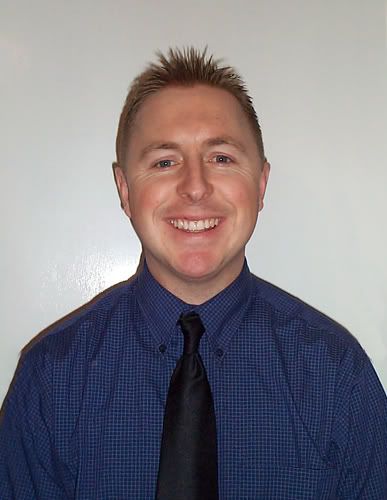
Otherwise known as a mug shot with a smile.
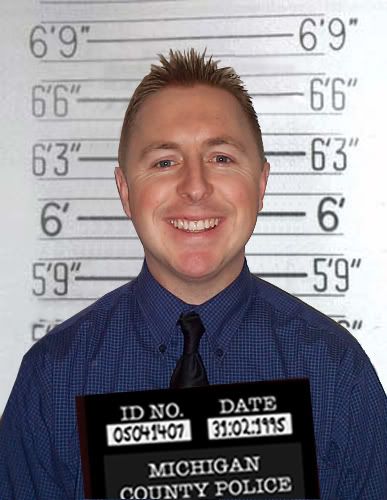
Candid shots are completely unposed, random photographs, usually taken without the subject’s knowledge. These can either be beautifully natural or, more usually, come out horribly wrong!
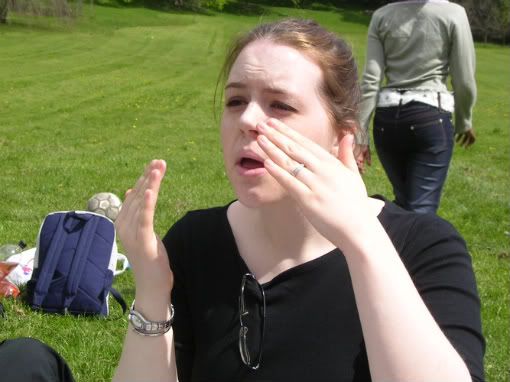
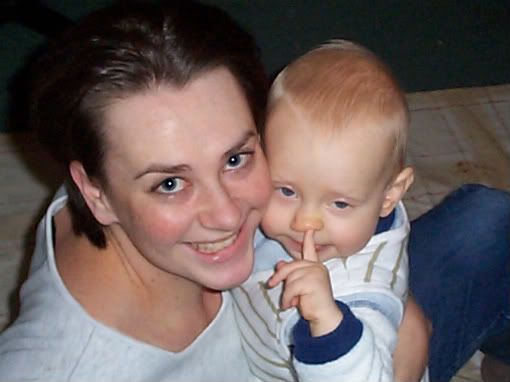
The middle ground – natural portrait shots with some control – is to pose your subjects comfortably, make them laugh and then as the laugh is fading, snap your shot. Here you can see the difference between a “Say Cheese” smile and the natural smile that is the result of taking the shot as a laugh was fading.


The smile will look natural and your subject will look happy. If you snap the picture while they are still laughing, their eyes will usually be squished somewhat closed.
For natural posing which will make your subject feel comfortable and be flattering, try asking them to turn 45 degrees away from the camera, rather than taking the photograph dead on. This is also more flattering for pictures of someone sitting. That’s a tip for you to remember when asked to pose for a photograph – turn yourself slightly to the side.
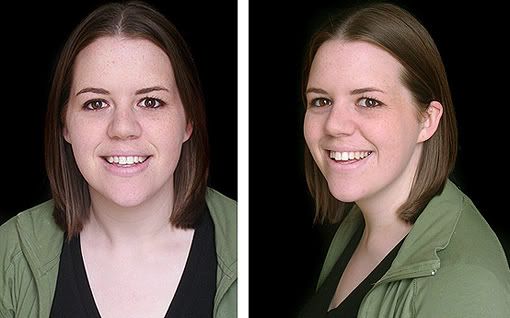

And then think outside the box. Perhaps there are physical features which define a person, make them uniquely “them”. Hands and feet can be very unique to each person. Try capturing these features with creative cropping.






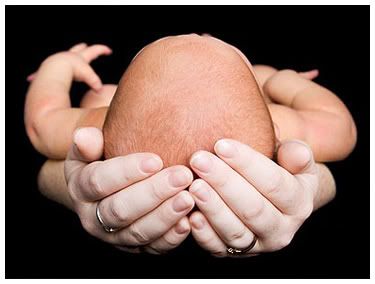
Babies and children are particularly good subjects for detail shots.





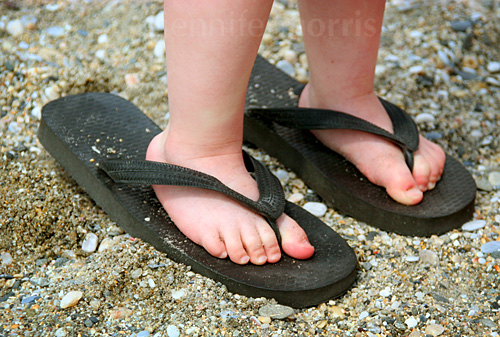
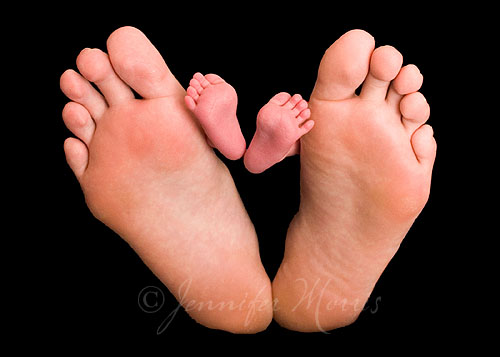
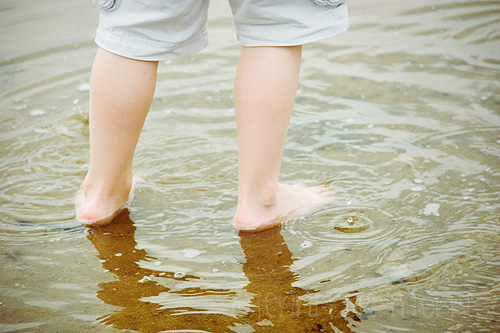
Events
By “events” I mean big, important occasions, such as birthday parties and weddings, as well as small everyday occasions, such as baby’s first attempts at feeding himself, your child riding her bike, sports, hanging out with your friends and so on. When recording events we tend to focus on the people. But even by applying the tips above when photographing the people, for more natural shots, your photographs will still only tell half the story. Events are made up of details and having countless pictures of birthday guests standing smiling at the camera won’t convey the feel of the party.
So take a moment to think about the details of the event, and try to capture them with your camera. Use your zoom if you have one, or step closer if you don’t – we'll cover zooming in more detail later. Here are examples of photographs of details from certain events.
This event is Daniel learning to feed himself. These are the obvious photos to take. (Note that I took photos of him engrossed in his task, rather than asking him to look at the camera).
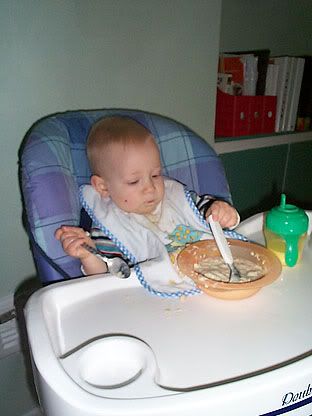
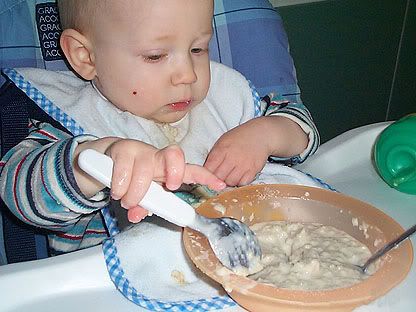
By adding detail shots such as the mess he made of his bowl, and the way he gripped his spoon, I can remember this little event better and in my scrapbook these images will tell the story a little more.
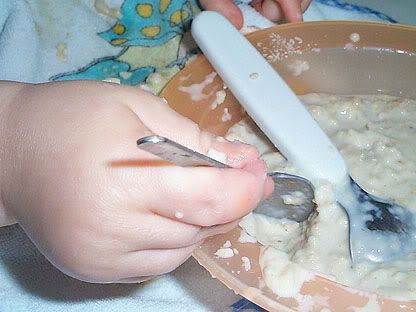

Here are some unposed pictures from a wedding which I felt were little moments which made up her special day.
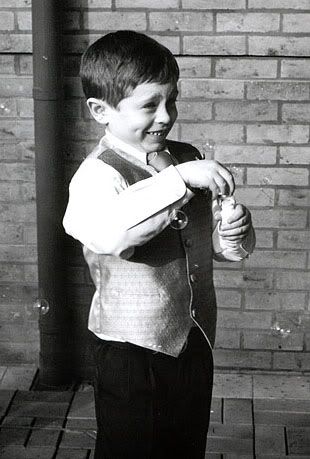
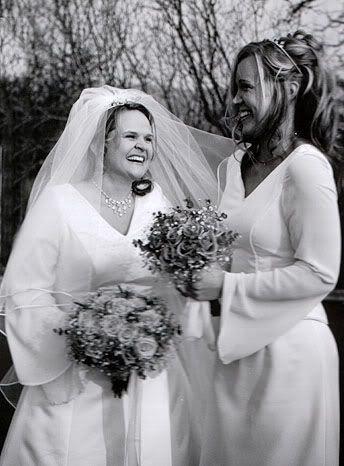

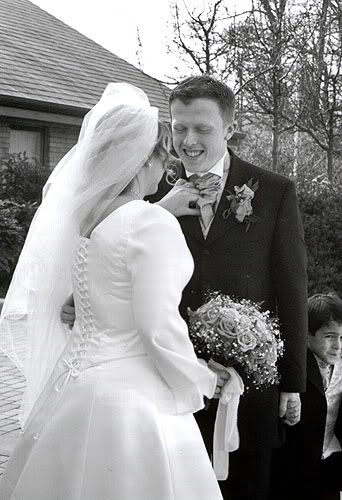
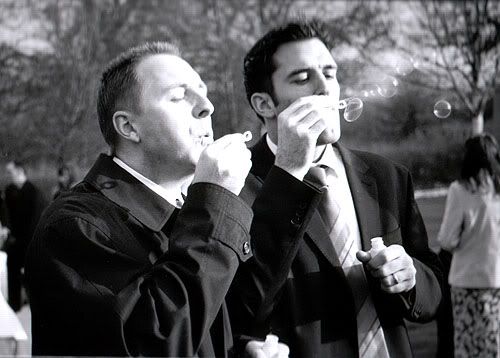
And here are some detail pictures from other weddings. When planning an occasion such as a wedding or party you put a lot of time, thought and money into the details – why not record them?


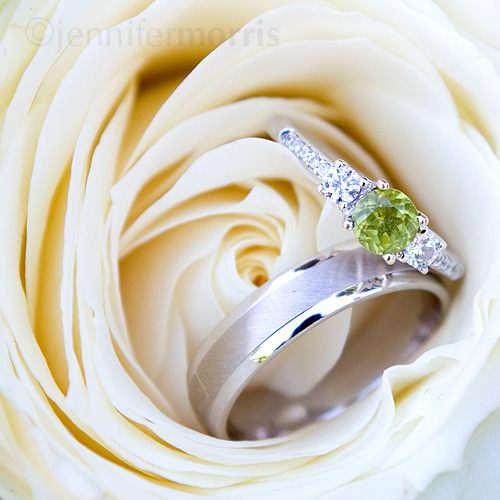


Also think about what comes before and after the event. Here are pictures of Daniel’s first haircut – I made sure to take photos before and after and Grant took pictures during.

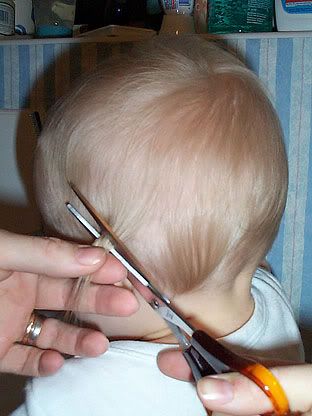
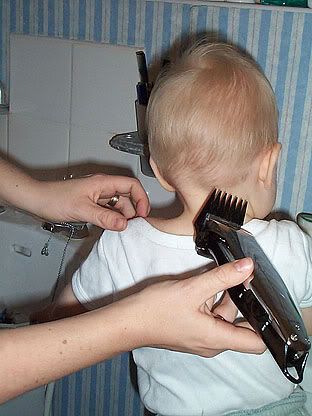
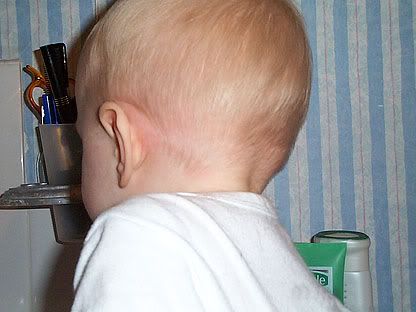
Another example would be a birthday party. Take photographs of you and your family setting up and decorating the room - maybe blowing balloons up – and then the aftermath. The great mess left behind helps to tell the story of how much everyone enjoyed the party.
Places
When capturing places, the rule of details applies again. Take wide angle shots as well as zoomed-in shots. The overall scene and the detail shots together tell the story of the place.


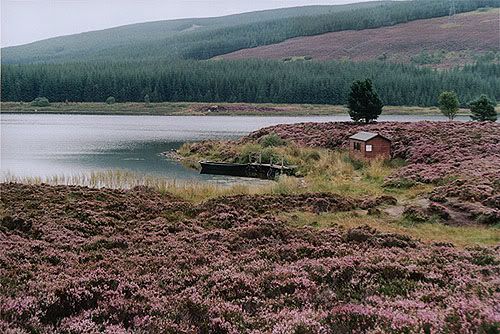
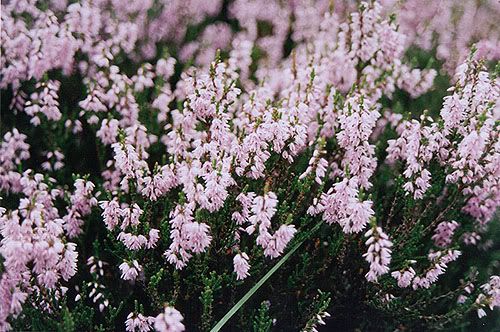
Try different angles such as standing close to and looking up at a tall building.

These detail pictures will usually need to support regular photos which show the place as a postcard would, but they help capture the memory of the place better and add interest. Also, taking pictures of signs at places helps provide a label naturally when kept together with other photographs of the place in your album or scrapbook.
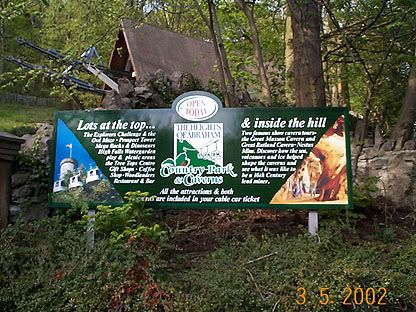

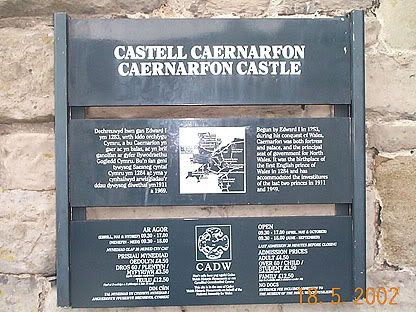


Check back tomorrow for part 2 - HOW you photograph.
